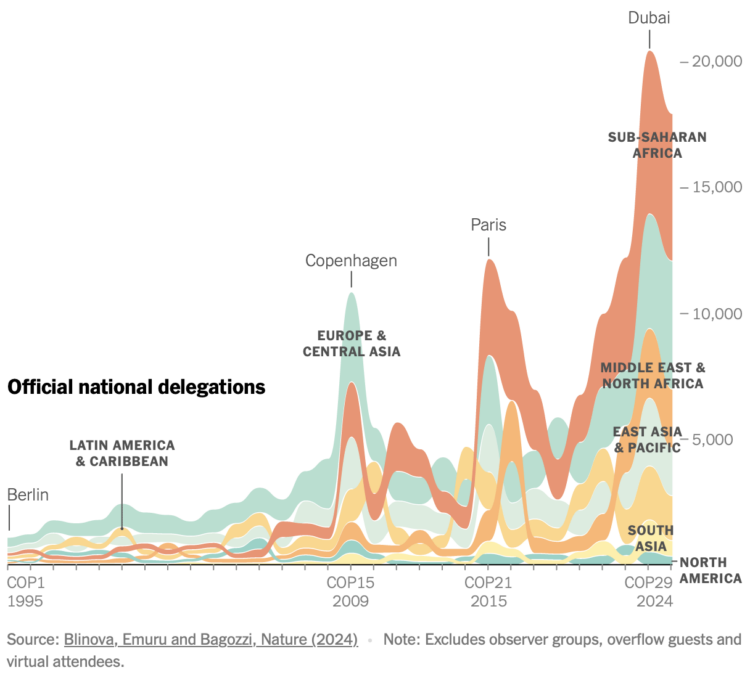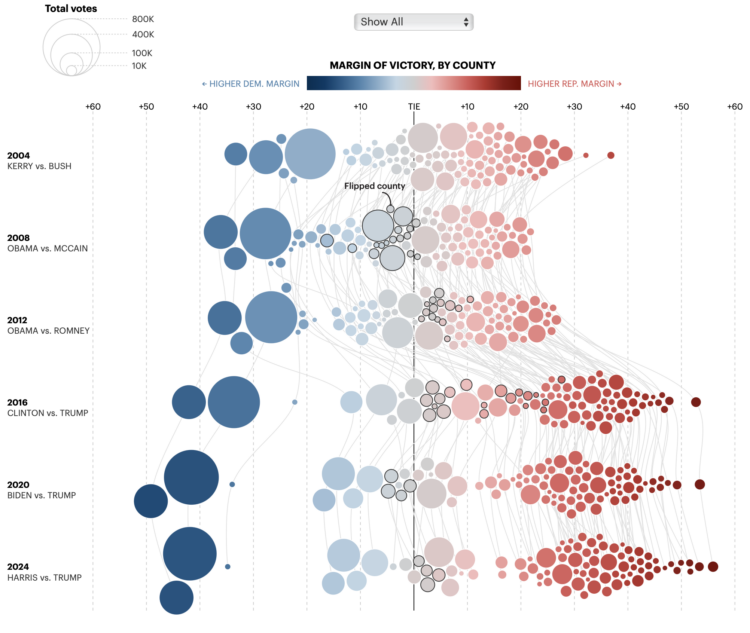Memento Movi, a mini-app by Michael Condouris, is what you get when you use movies as a progress bar for life expectancy. Enter your birthdate and expected lifespan. Then select a movie from the list. The percentage of your life that you’ve lived is translated to the percentage through the movie you would be, which gives you the frame in the movie.
I swear this was made just for me. [via Waxy]























 Visualize This: The FlowingData Guide to Design, Visualization, and Statistics (2nd Edition)
Visualize This: The FlowingData Guide to Design, Visualization, and Statistics (2nd Edition)










